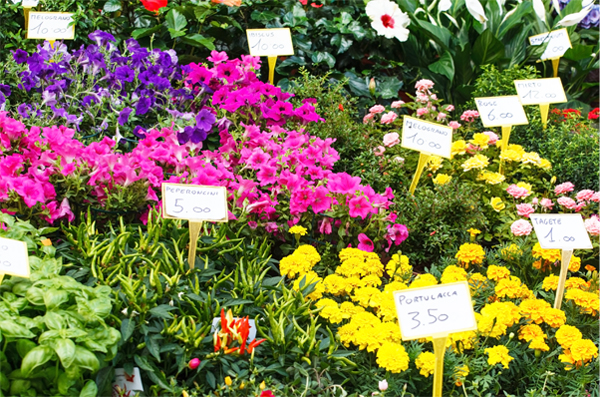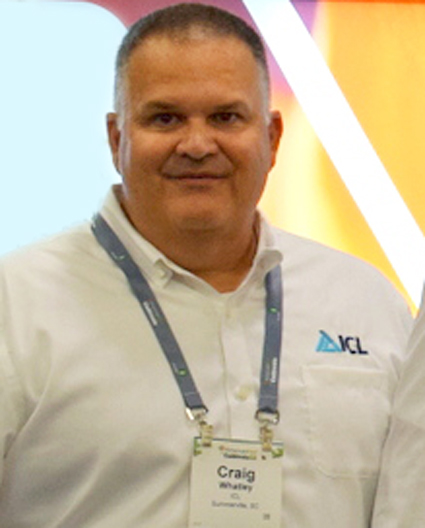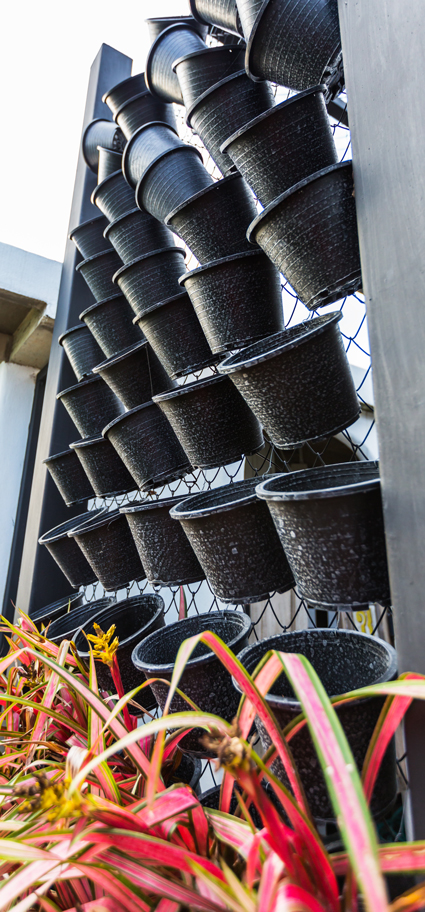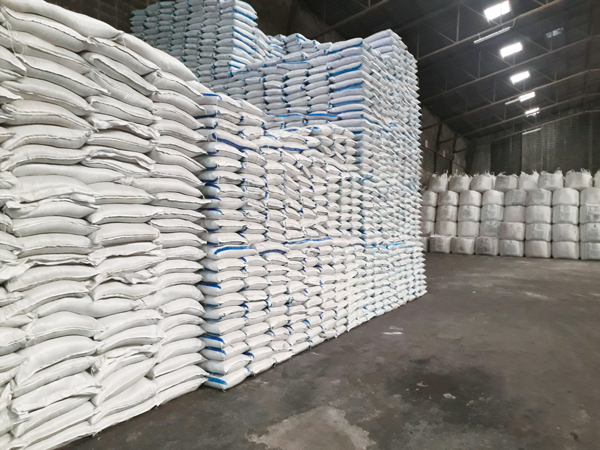Now that the 2022 spring season has officially ended, grower reports are rolling in. Once the weather cooperated, many of you had good seasons—better than 2020, if not 2021. But a common thread across the ornamental industry is how supply chain challenges and rising costs ate into those sales figures.
If you were at Cultivate’22, you heard Dr. Charlie Hall’s stats in the State of the Industry Address: Grower sales were up 20%, but profitability was all over the board. Aggregate input costs, up more than 10% in 2021, climbed another 8% so far this year. And Charlie’s expecting an increase of nearly half that amount next year.
But one of the most telling stats he offered was that 60% of you aren’t passing all your increases on to your customers. As he pointed out, this isn’t a sustainable business model, especially with more challenges ahead. While we’re optimistic here at ICL, we understand the decisions you face with planning and buying season at hand. So once again, we’re following through on our promise of ongoing transparency regarding fertilizers and related issues.
Looking back
Growers tell us that availability and pricing in three categories, in particular, are causing some restless nights or worse: containers, growing media, and fertilizers. We hear reports of growers booking container orders out to 2024. Some are buying fertilizer stocks to last through next year—which can complicate the market even more. While we could speak to containers and media, we’ll stick closer to home today.
Craig Whatley, our North American Business Lead for Turf and Ornamental Horticulture, has been out on the road lately. Maybe you’ve even had a chance to talk with him the past few weeks. Reflecting on how we got from early 2020 to here, Craig notes the shared experiences of growers and other companies servicing the ornamental industry—us included—as COVID shutdowns started it all.
Reflecting on how we got from early 2020 to here, Craig notes the shared experiences of growers and other companies servicing the ornamental industry—us included—as COVID shutdowns started it all.
Initial fears were that sales would shut down completely. Then the opposite happened as people at home hit the yard and garden and bought up everything they could. But as unprecedented demand hit the industry, growers and manufacturers were hit with staff reductions from COVID exposures and restrictions.
As Craig notes, the pandemic hit raw material suppliers, too. Labor shortages worsened, temporary labor was limited, some costs rose 10-fold or more, and transit times doubled and tripled. And that was just getting raw materials into the United States. Once here, trucking industry shortages added to the woes. Even when product was ready, there was no way to get it on the road.
“We were very fortunate through this whole thing because we produce stuff here in the U.S.,” Craig explains. “We still fought the imports of the raw materials and things, but we were fortunate to be able to get the temp labor and manage our inventory in a way that we were able to keep people in product fairly well. It was a big battle. It was a struggle, but we came through it well.”
Looking ahead
We’re seeing many positive signs across the industry—in media, containers, and the products we sell here at ICL. But we promised to give it to you straight. So our optimism comes tempered with some hard facts about where the world is today.
When 2022 started, stabilization seemed near. But that promise took a hit with the conflict in Ukraine. Before that, Craig shares, around 70% of our nitrogen came out of Russia, Belarus or Ukraine. So we had to go elsewhere for those raw materials, and supply-and-demand economics drove prices higher.
That’s on top of soaring gas prices, rising warehouse costs, and natural disasters that pushed prices higher—and hit the peat moss and plastics industries especially hard.
The world fertilizer price index shows that NPK costs worldwide rose more than 125% during 2021. As we shared in a recent email, American Farm Bureau Federation and U.S. Department of Agriculture data predict U.S. fertilizer prices will rise 12% this year, on top of a 17% increase in 2021.
“But as it stands right now, we’re seeing signs—not of decline in raw material prices—but we are seeing some signs of stabilization,” Craig shares. And though he no longer has a working crystal ball, his intuition is that things are looking up. Gas prices have dropped, urea prices are coming down, and he’s hearing that some other prices are falling. We’re happy to say our ICL lead times have also improved and stabilized.
As Craig says, this is more about what we do as a company going forward. We’re continuing to increase production, add additional capacity to our plants, and update equipment to ensure production grows. We’ve also refined our forecasting system and put a new stocking plan in place to ensure our top-selling products are in inventory for our customers.
“As things change, we’ll remain transparent. What we are doing, what we will continue to do, is evaluate what the market conditions are each month, and we’re going to adjust accordingly—for the good or the bad,” Craig says. “The new trend is that I expect them to be more stable going forward.” But our No. 1 focus is making sure we have products available, getting them to you, and providing good service and lead times as we do.
At ICL, we’re here to help you tackle the challenges facing the horticulture industry. From navigating supply chains to making the most of your fertilizer investment, we can help. But we’re also here to help you through new challenges—whatever the future holds. We are your partner in growth, so give us a call. Let’s move forward and grow together.
